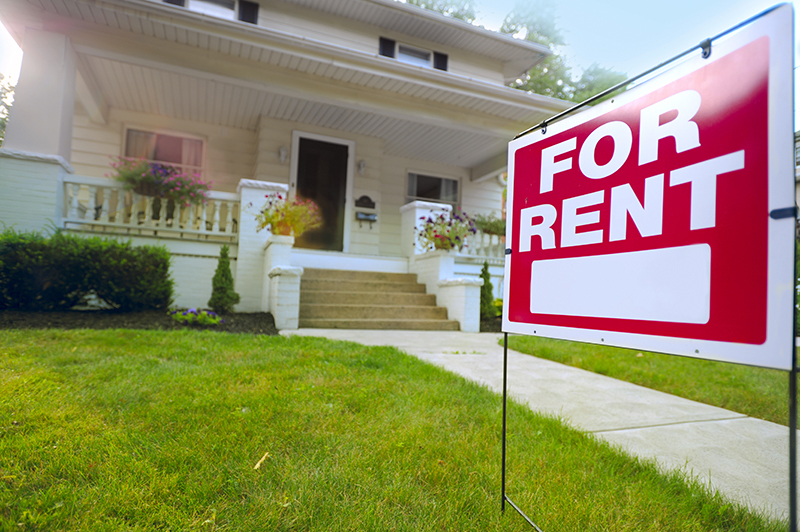
High prices and a tight supply of houses for sale are not exactly the best mix for homebuyers, but they’re even worse for investors looking to become landlords. Sure, both tenant demand and rental returns are also high, but if the cost to get in is too high, the math doesn’t work.
he good news is, as always, all real estate is local, so while the national picture may look bleak, certain local markets still offer lucrative rental options.
Texas, which continues to see strong growth in both employment and home construction, appears to be a landlord’s dream state.
Three of the top five markets for investors, according to a new ranking by real estate sales and auction company Ten-X, are in the Lone Star State. San Antonio tops the list, followed by Fort Worth and Dallas.
While home prices are rising fast in Texas, they remain low compared with other hot markets, like most of California. In addition, while Hurricane Harvey did not hit these top cities, the storm exacerbated the state’s labor shortage by creating massive reconstruction needs in Houston. Tight labor will reduce new construction in the rest of the state, squeezing inventory and not only pushing home prices higher but also propping up rental demand.
“If you look at our report probably eight or nine of the top 20 markets in terms of housing performance are in either Texas or Florida,” said Rick Sharga, executive vice president at Ten-X. “The Florida markets will be more directly impacted because Irma hit everything, but even in Texas, a lot of the construction and labor and materials and so forth that’s been going to build new properties in Dallas and Fort Worth and San Antonio might get diverted to rebuild Houston, and that could have a noticeable impact on home sales and home starts over the next six to nine months.”
San Antonio has clocked strong population growth for six years straight, and its payrolls stand at an all-time high. Fort Worth’s population has also been rising far faster than the national average. Dallas’ economy cooled slightly this year but continues to expand after a recent tech and financial services boom. Home prices there, hovering at more than 50 percent above their pre-recession peak, are still considered affordable with room to grow.

Rounding out the top five are Columbus, Ohio, and Tampa, Florida.
Both offer comparatively low entry costs and high returns. Columbus may seem surprising, given weaker job growth in the Midwest overall, but the city has outperformed its region with both employment and population growth. There’s something of a rebirth happening in Columbus, with additional urban developments springing up outside its downtown, luring new companies and workers.
Tampa’s downtown is also enjoying a resurgence, with massive new development in both residential and commercial real estate. Home prices there continue to climb, but because the foreclosure crisis hit Tampa hard, prices there still undercut those of other popular Florida cities, like Miami and Orlando.
Rounding out the top 10 markets for investors, Ten-X lists Orlando, Florida; Indianapolis; Austin, Texas; Nashville, Tennessee; and Raleigh, North Carolina.
Some markets that might be harder for investors to swallow: Memphis, Tennessee; Miami; and suburban Washington, D.C. Memphis’ economy has been struggling, and price points there remain high amid an oversupply of housing — especially in luxury condominiums and rental towers.
The more expensive towns of Boston and Philadelphia still offer good returns, and but they struggle with poor demographics and subpar economic growth. As for the West, California presents increasingly difficult challenges for investors, given its high price points for even the smallest homes, especially in the more metropolitan areas renters favor. Likewise, Denver’s prices are rising so fast and inventory remains so tight that investors would have to buy and hold for a long time to see significant returns.
In general, the model for investors has shifted. There is no longer a steady stream of low-priced, foreclosed homes, so they have had to change their plans dramatically.
“What they’re really looking to do now is make money on the month-to-month rent, so, in a lot of cases they’re buying properties at full value,” Sharga said. “In some cases they may even be slightly overpaying for properties, but they’re making it up in the rental income over the period of time.”
Of course, that only works if appetite among potential tenants for single-family homes to rent remains strong and the homes stay affordable.
This article was originally published on the CNBC website.

